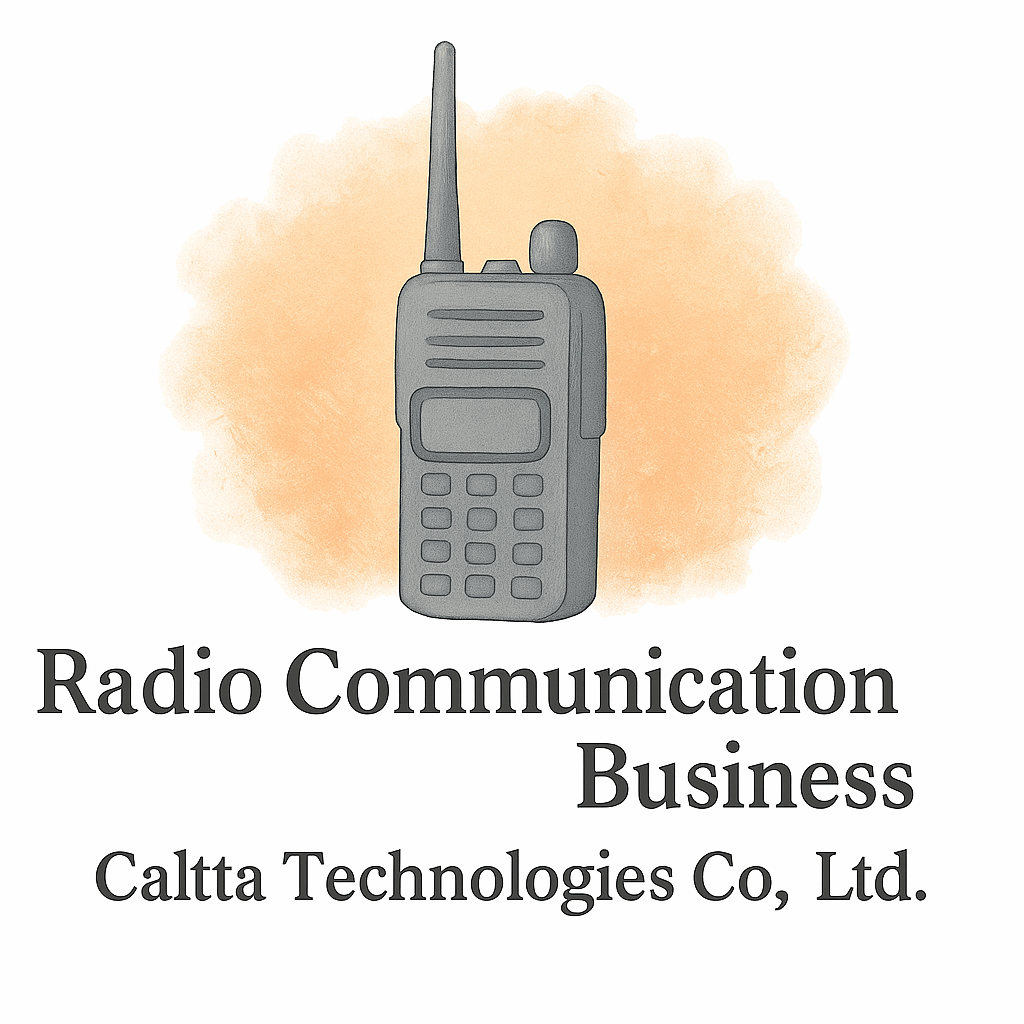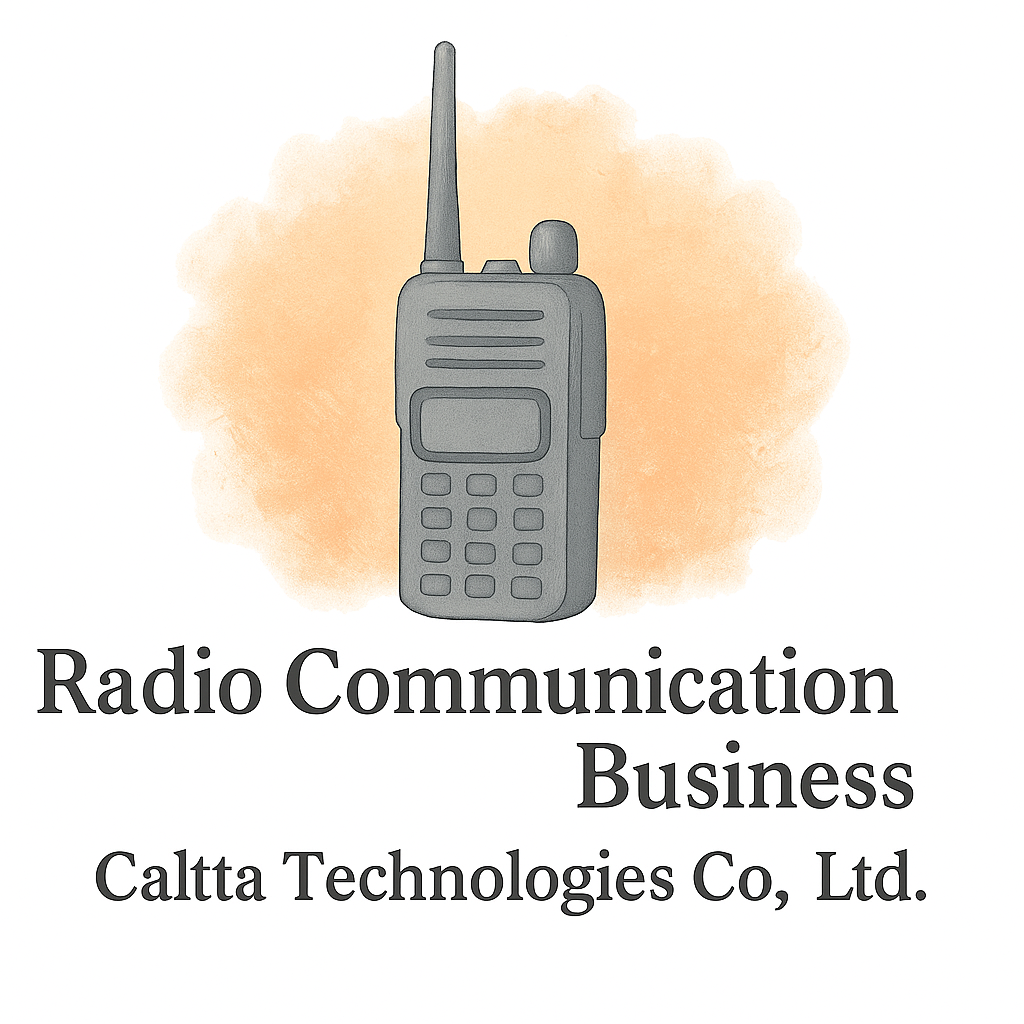Introduction to Multi-Band Radios
When it comes to staying connected in today’s fast-paced world, relying solely on cell phones isn’t always enough. That’s where multi-band radios for advanced radio communication come in. These powerful devices allow you to communicate across multiple frequency ranges, ensuring reliability even in remote locations, disaster scenarios, or professional environments where seamless communication is critical.
Why Multi-Band Radios Matter in Modern Communication
Versatility Across Frequencies
Multi-band radios cover different frequency ranges, meaning they can switch between amateur bands, public safety channels, and even marine or aviation bands. This makes them essential for professionals, hobbyists, and emergency responders alike.
Emergency and Disaster Preparedness
During disasters, traditional communication networks often collapse. Multi-band radios act as lifelines, enabling communication when cell towers fail. They are trusted by first responders, preppers, and outdoor adventurers.
Professional and Business Applications
Businesses that rely on internal coordination—construction companies, event managers, and logistics providers—benefit from using multi-band radios. They offer reliability, clarity, and wide coverage, especially in areas with weak cell signals.
Key Features to Look for in Multi-Band Radios
Frequency Range
Look for wide frequency coverage to ensure adaptability. The more frequencies supported, the more versatile the radio.
Battery Life and Power Options
Long-lasting batteries and backup power options (like car adapters or solar chargers) make radios more dependable.
Durability and Weather Resistance
Radios designed for rugged use should be shockproof, dustproof, and water-resistant.
Digital vs. Analog Capabilities
Some radios support both analog and digital communication, giving users the flexibility to switch between systems.
The 8 Best Multi-Band Radios for Advanced Radio Communication
1. Yaesu FT-991A
A compact yet powerful all-mode transceiver, the Yaesu FT-991A supports HF, VHF, and UHF bands. Perfect for both amateur and professional users, it’s known for crystal-clear audio and a user-friendly interface.
2. Icom IC-7300
The Icom IC-7300 is a favorite among ham radio enthusiasts. It features direct sampling technology for superior signal clarity and offers a touch-screen display for easy control.
3. Kenwood TS-590SG
This model combines affordability with high performance. It offers exceptional receiver quality, making it ideal for serious operators who demand precision.
4. Baofeng UV-82HP
Affordable and portable, the Baofeng UV-82HP is a dual-band handheld transceiver that covers both VHF and UHF frequencies. It’s a great entry-level choice for beginners.

5. Elecraft KX3
Lightweight yet powerful, the Elecraft KX3 is perfect for portable operations like hiking or field communication. Despite its size, it delivers excellent performance.
6. AnyTone AT-D878UVII Plus
This digital/analog hybrid handheld radio supports DMR, making it a versatile tool for advanced users. It also has Bluetooth integration for added convenience.
7. Alinco DR-735T
Known for its dual-receive capability, the Alinco DR-735T allows you to monitor two frequencies at once. It’s highly customizable with vibrant displays.
8. Tecsun S-2000
Not just a ham radio, the Tecsun S-2000 is a multi-band receiver that covers AM, FM, SW, LW, and Air bands. It’s a go-to choice for global listeners and aviation enthusiasts.
Comparing Multi-Band Radios Side by Side
Price vs. Performance
Higher-end radios like the Icom IC-7300 deliver unmatched quality but at a higher price. For budget users, Baofeng models offer great entry-level functionality.
Portability vs. Power
Handheld models are portable but may lack the full power of base station radios. Choose based on your use case—field use vs. fixed installations.
Ease of Use
Some radios have intuitive touch screens, while others rely on manual dials and buttons. Beginners may prefer simpler models, while experts enjoy advanced customization.
How Multi-Band Radios Enhance Business Communication
Internal Business Coordination
Industries like logistics and construction rely heavily on radios for team coordination, especially when internet signals are unreliable.
Event and Conference Use
For large events and conferences, multi-band radios ensure smooth coordination between staff members. (See more at conference).
Integration with Other Equipment
Modern radios can be integrated with GPS, Bluetooth, and even IoT devices for more advanced business operations.
Common Mistakes to Avoid When Choosing Multi-Band Radios
- Choosing a radio without understanding its frequency coverage.
- Ignoring compliance with local communication regulations (regulation).
- Overlooking durability, especially for outdoor or industrial use.
Cost-Saving Tips for Investing in Multi-Band Radios
- Buy refurbished models from reputable sellers.
- Bundle radios with accessories like antennas and chargers.
- Consider open-box deals for significant savings. (cost-saving)
How Technology is Changing Advanced Radio Communication
Digital Innovations
Digital Mobile Radio (DMR) and SDR (Software Defined Radio) are revolutionizing signal clarity and range.
Integration with Mobile Devices
Some radios now sync with smartphones, making them more user-friendly.
AI in Signal Processing
Artificial Intelligence helps reduce background noise and enhance clarity during transmissions.
Regulatory and Compliance Considerations
Every country has its own laws regarding frequency usage. Always check with your local authorities to stay compliant (compliance).
Hacks and Tips for Getting the Most Out of Multi-Band Radios
- Use external antennas for stronger signals.
- Keep backup power sources handy.
- Program frequently used frequencies for quick access. (hacks)
Conclusion
Multi-band radios for advanced radio communication are more than just gadgets—they’re lifelines. Whether you’re a business professional, an outdoor enthusiast, or someone preparing for emergencies, these devices keep you connected when other technologies fail. By choosing wisely and understanding their features, you can enjoy seamless communication in almost any environment.
FAQs
Q1: What’s the difference between dual-band and multi-band radios?
Dual-band radios cover two frequency ranges, while multi-band radios support several, making them more versatile.
Q2: Can businesses legally use multi-band radios?
Yes, but always check compliance with regulation rules in your country.
Q3: Are multi-band radios expensive?
They range from budget-friendly handhelds like Baofeng to high-end models like Icom and Yaesu.
Q4: Do I need a license to operate a multi-band radio?
In most countries, yes—especially for amateur frequencies.
Q5: Which radio is best for beginners?
The Baofeng UV-82HP is a great starting point.
Q6: Can multi-band radios be used internationally?
Yes, but frequency laws differ by country. Always check before traveling.
Q7: How do multi-band radios compare to walkie-talkies?
Walkie-talkies are limited in range and frequency, while multi-band radios offer far more versatility and power.
👉 Internal links included:
- CaltTa International
- Business Startup Basics
- Equipment & Technology
- Financial Planning
- Industry Insights
- Marketing & Branding
- Plus all related tag links (startup, regulation, conference, hacks, cost-saving, etc.)


